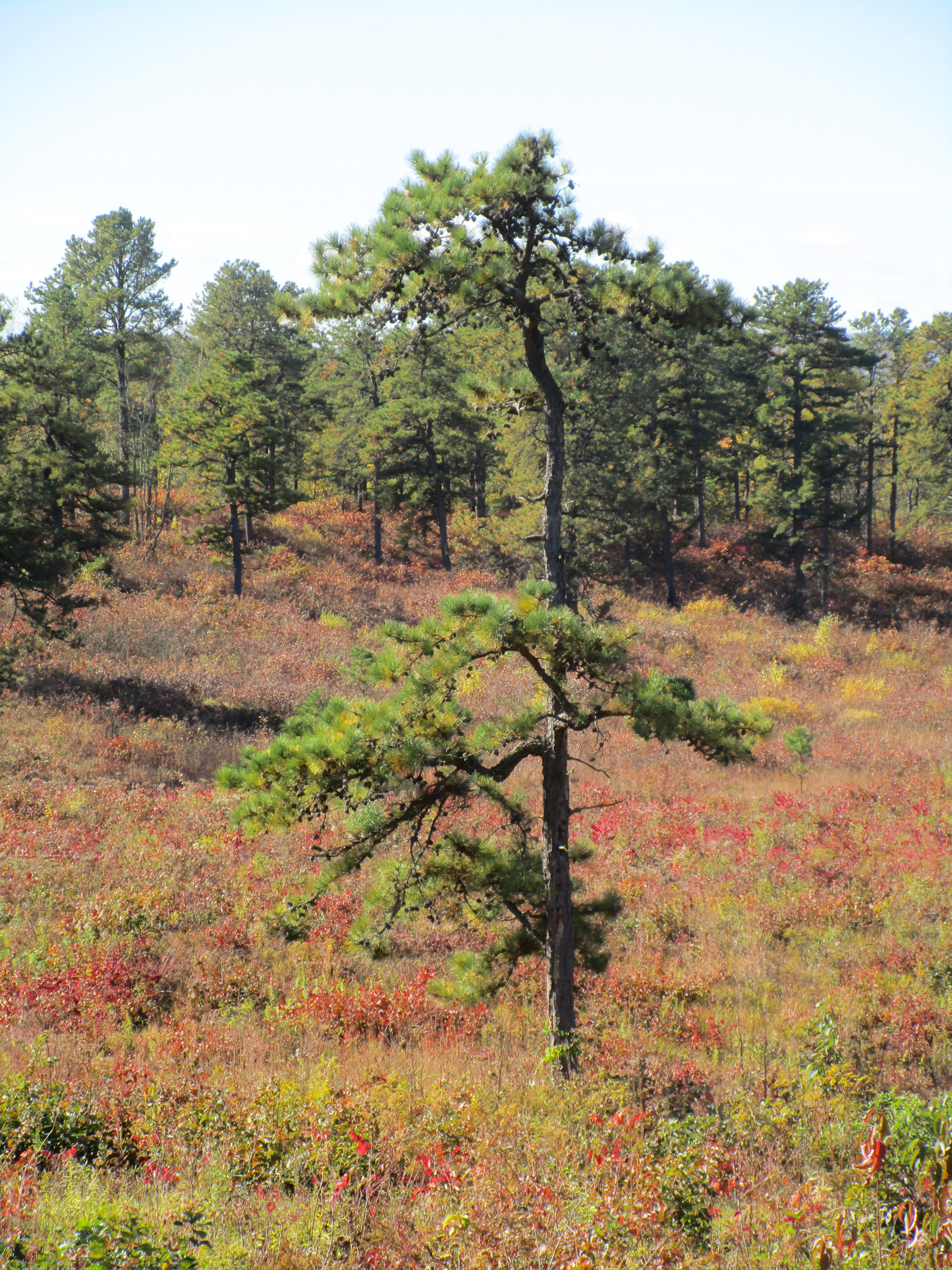Save the Pine Bush has a traveling exhibit. We bring it to fairs, schools, and especially every year to the Albany Tulipfest, held on Saturaday and Sunday of Mother’s Day weekend in May. If you don’t have a chance to visit our exhibit in person, we have put the pictures and captions in our exhibit on the web for your enjoyment.
The photographs linked to this page are spectacular, and, are quite large (between 60K and 140K). Click on the thumbnails below to see larger versions of the pictures. Please be patient as they download.
What is the Pine Bush?
The Pine Bush is the only sizable inland pine barrens sand dunes in the United States, and is recognized world&endash;wide as a unique pine barrens ecosystem. It contains over 300 species of vertebrate animals, over 1,500 species of plants, and over 10,000 species of insects and other invertebrate animals. Many of them are rare and restricted to the Pine Bush habitat. Its most famous occupant, the Karner Blue Butterfly, is on the Federal and State’s endangered species list.
 Photograph of classic Pine Bush (97K)
Photograph of classic Pine Bush (97K)
Where is the Pine Bush?
The Pine Bush is located in the Capital District, between Albany and Schenectady. The boundaries are Fuller Road on the east, Route 5 (Central Avenue) on the North, Route 146 on the west, and Route 20 (Western Avenue) on the South. The Pine Bush is located in three municipalities-Albany, Guilderland and Colonie. The Pine Bush originally encompassed 58,000 acres and extended from downtown Albany all the way to Rotterdam. Now, there are only 5,800 acres remaining.
 Map showing original and current extent of the Pine Bush (151K)
Map showing original and current extent of the Pine Bush (151K)
What makes the Pine Bush famous?
The Pine Bush has played an important historical role in the development of Albany and Schenectady and is enshrined in the literary heritage of the United States. The Song of Hiawatha by William Wadsworth Longfellow is sung by the Indian brave from the Vale of Tawasentha located in the Pine Bush. George Washington wrote of the Pine Bush in his diaries while traveling in upstate New York during the Revolutionary War. In Moby Dick, Herman Melville describes the dark beauty of the Pine Bush in a long account of a stage coach ride from Albany to Schenectady. Vladimir Nabokov and other writers have written about the mystery and beauty of the Pine Bush.
Native American artifacts abound in the Pine Bush at many sites. Over the years, many have been found, including this stone wood scraper used for hollowing out wood for such things as dug-out canoes. However, little or no excavation or reasearch has been done on these sites. This artifact was found by John Wolcott in Guilderland.
Why is the Pine Bush in danger?
The Pine Bush is located in the geographic center of the Capital District and is subject to great development pressures. Developers are making new proposals every day to construct houses and office buildings which would destroy the Pine Bush.
A local developer wants to destroy this 12-acre parcel in the Pine Bush. So far, Save the Pine Bush has sucessfully prevented this proposed development since 1988. The fight over this piece of land is still continuing.
 A local developer wants to destroy this piece of land.
A local developer wants to destroy this piece of land.
The first picture is classic, but somewhat overgrown Pine Bush. The next picture is the Pyamid Crossgates Maul, which not to long ago, looked like the picture on the left.
 Before “development” (78K) and
Before “development” (78K) and
The Pine Bush Survives
Thanks to local citizen activism, enough Pine Bush survives for everyone to enjoy.
 The Pine Bush must burn to survive (89K)
The Pine Bush must burn to survive (89K)
Page written and maintained by Save the Pine
Bush Volunteers


 Pine Bush in the mist (41K)
Pine Bush in the mist (41K) The Pine Bush at sunset
The Pine Bush at sunset